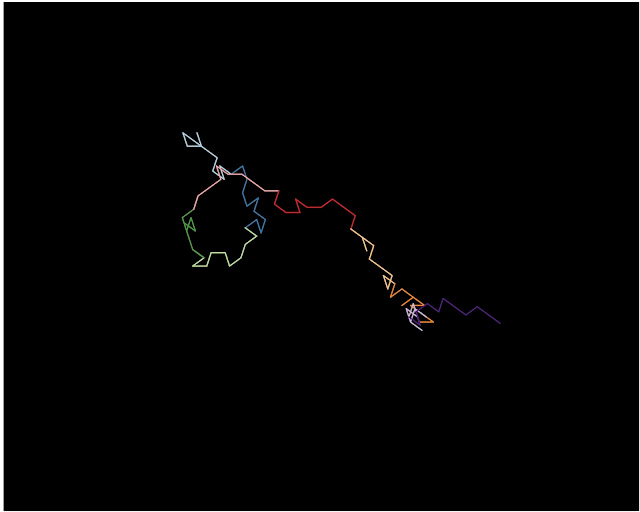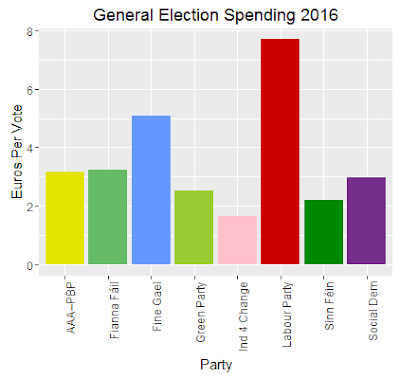Non fiction
1. The Toaster Project- This seems like you could get it across in a Ted talk. Things are far more complicated then you imagine and getting them as cheap as we do is amazing. But its really funny to follow him for a long time and see the frustrations he goes through learning this. Secondly I found it oddly cheering. No one does anything all we do is add a tiny bit to what the millions around us do so don't take yourself so seriously.
Runners up:
A Farewell to Alms: A Brief Economic History of the World why do loads of us live long well feed lives? doesn't answer the question but gives loads of evidence of what didn't cause it.
Corruption: What Everyone Needs to Know?. corruption as a basic dishonesty seemed really important this year. Why it happens and at can be done about it in a short easy read.
Also very good: Other Minds: The Octopus, Silk Roads, Vermeer's Hat, Fifty Things that Made the Modern Economy, Stubborn Attachments
Fiction
We Have Always Lived in the Castle A creepy southern Gothic story with a very unreliable narrator. I have read loads of Shirley Jackson this year.
Runners up: The Handmaid's Tale
also very good The Death of Ivan Ilych, High-Rise and loads of Ross MacDonald books.
I havent done one of these in year so my favorite non fiction in 2015 was Wood, G.D.: Tambora: The Eruption That Changed the World and in 2016 was Money: The Unauthorised Biography by Martin Felix
I had great fun reading this year. Next year I must stay off twitter and chess.com and read more.
















































